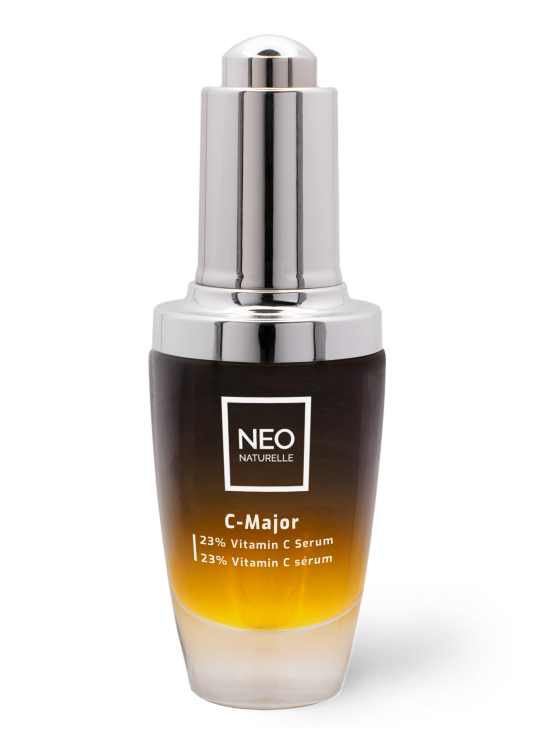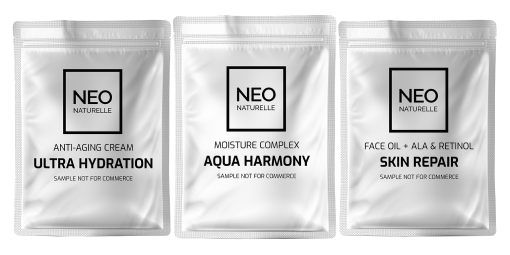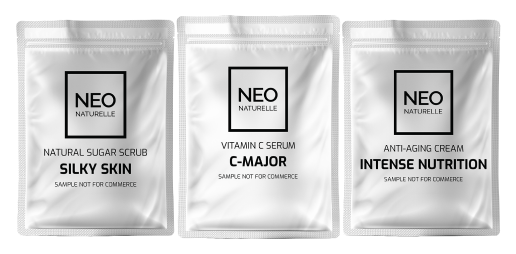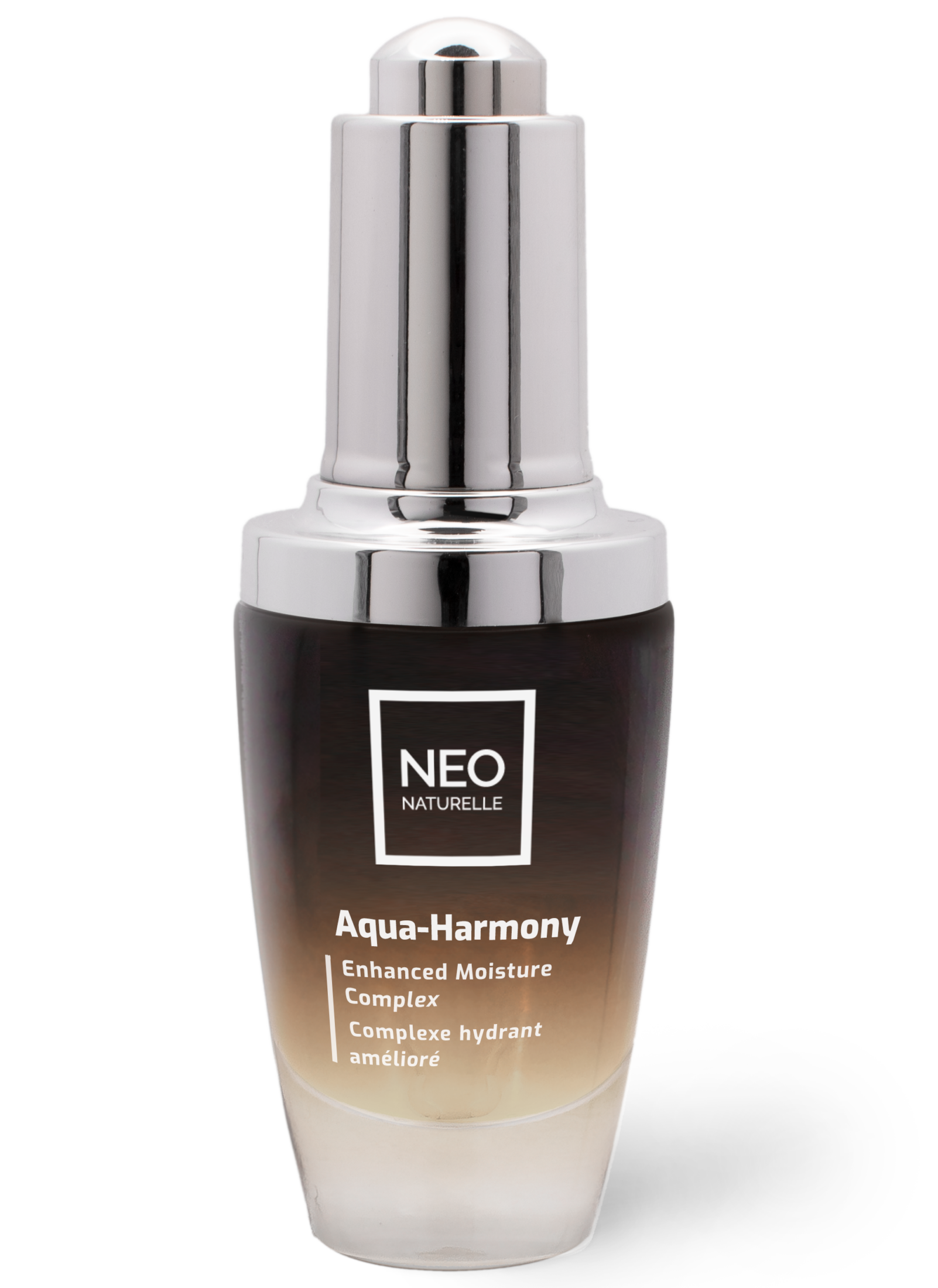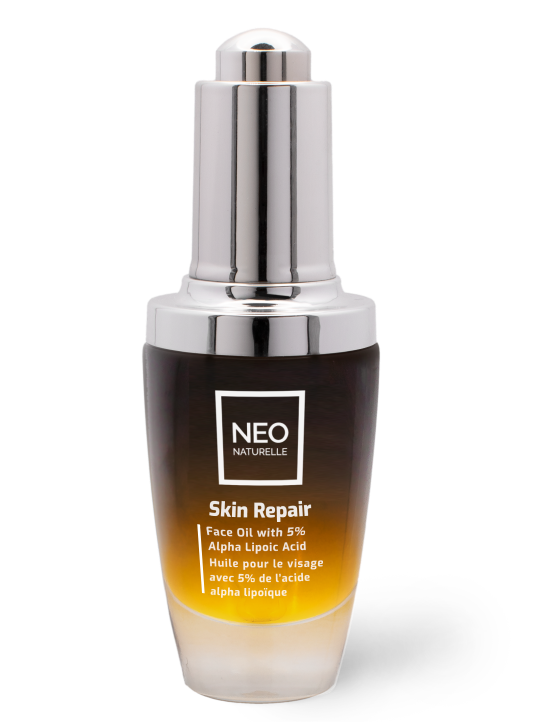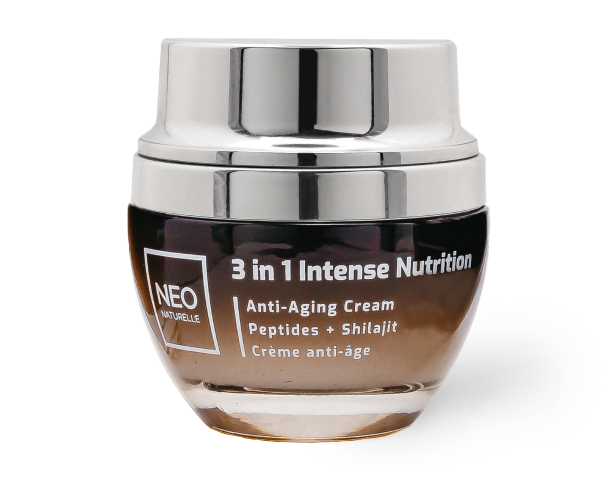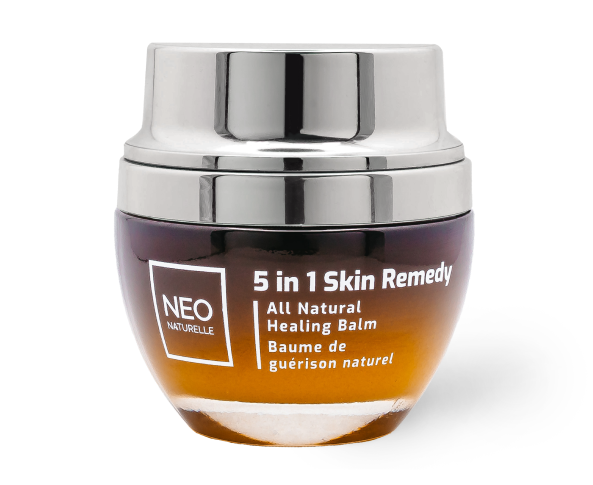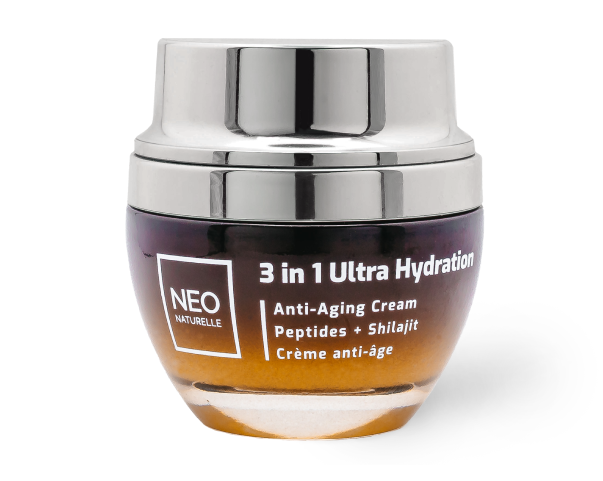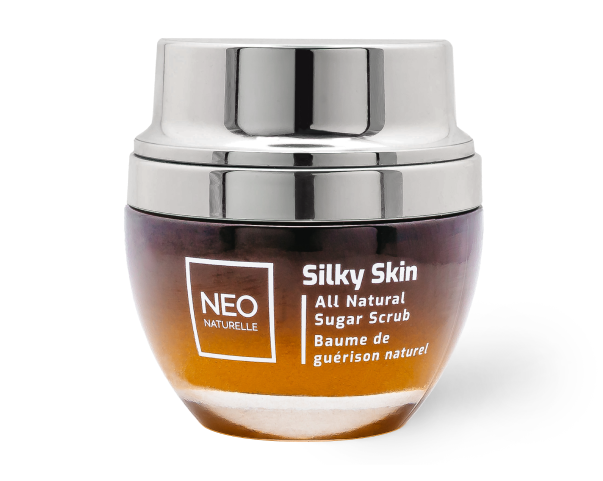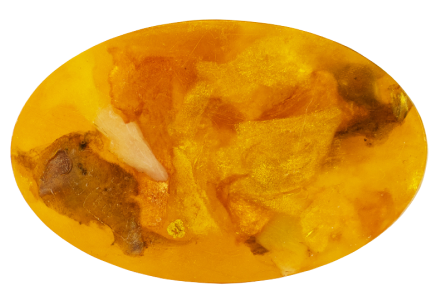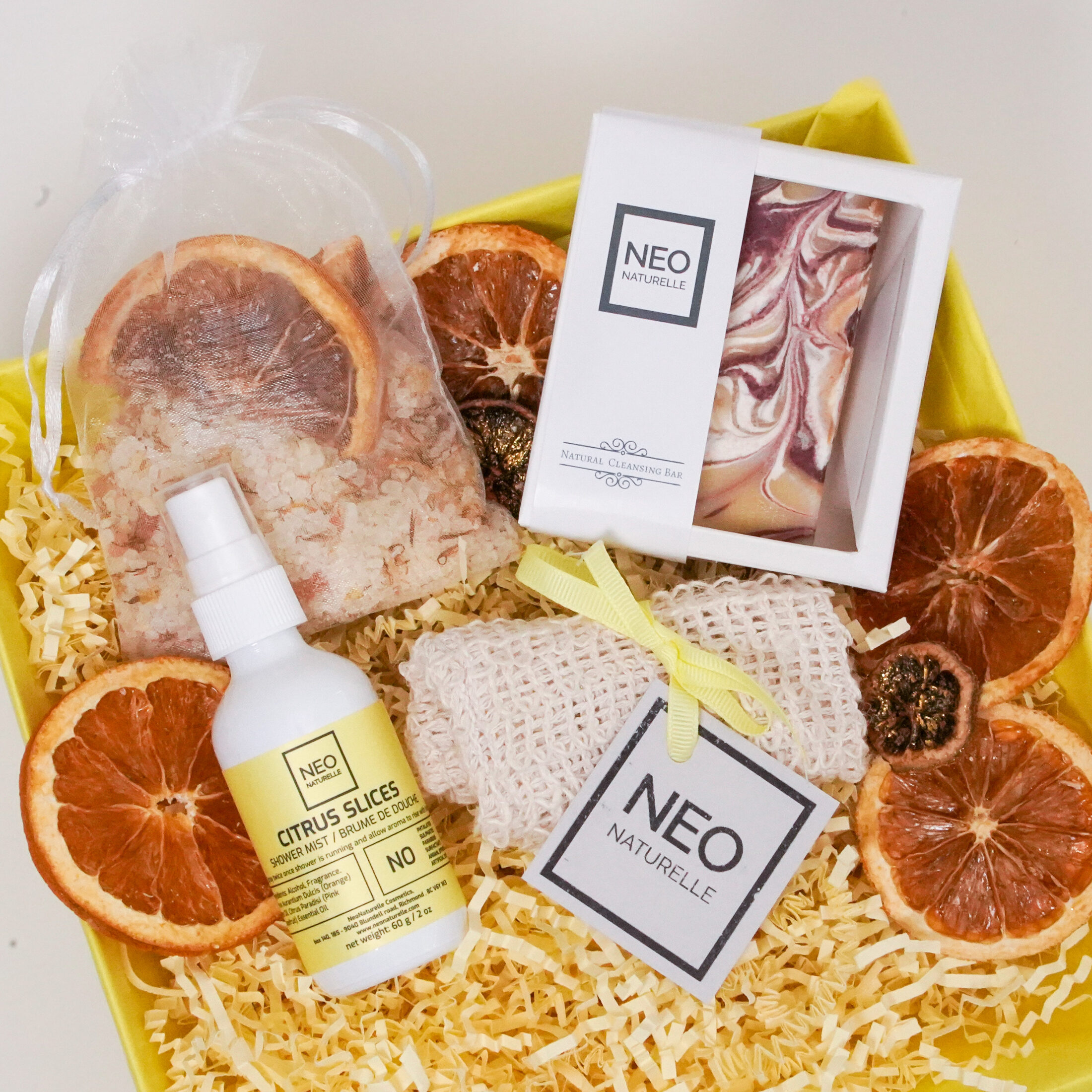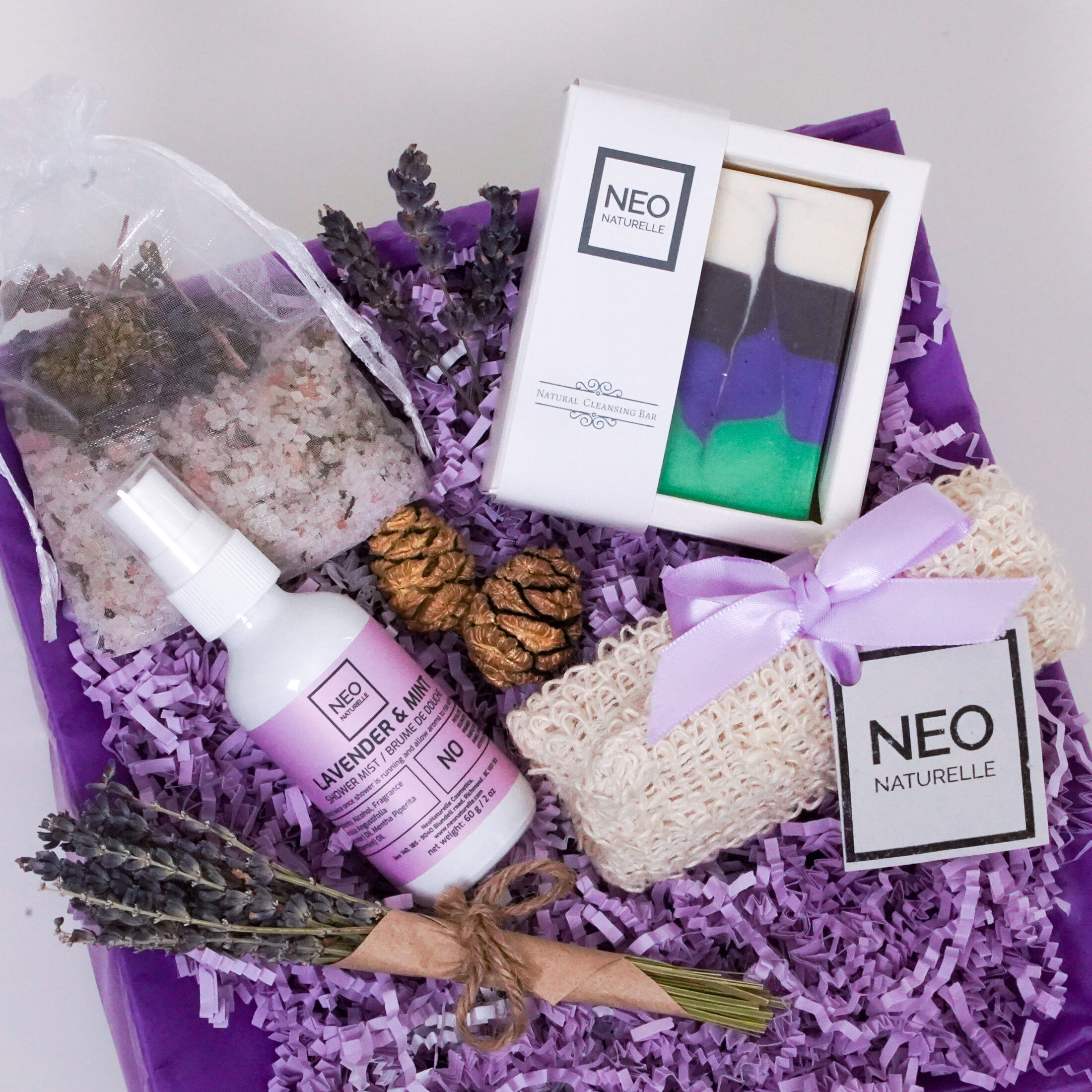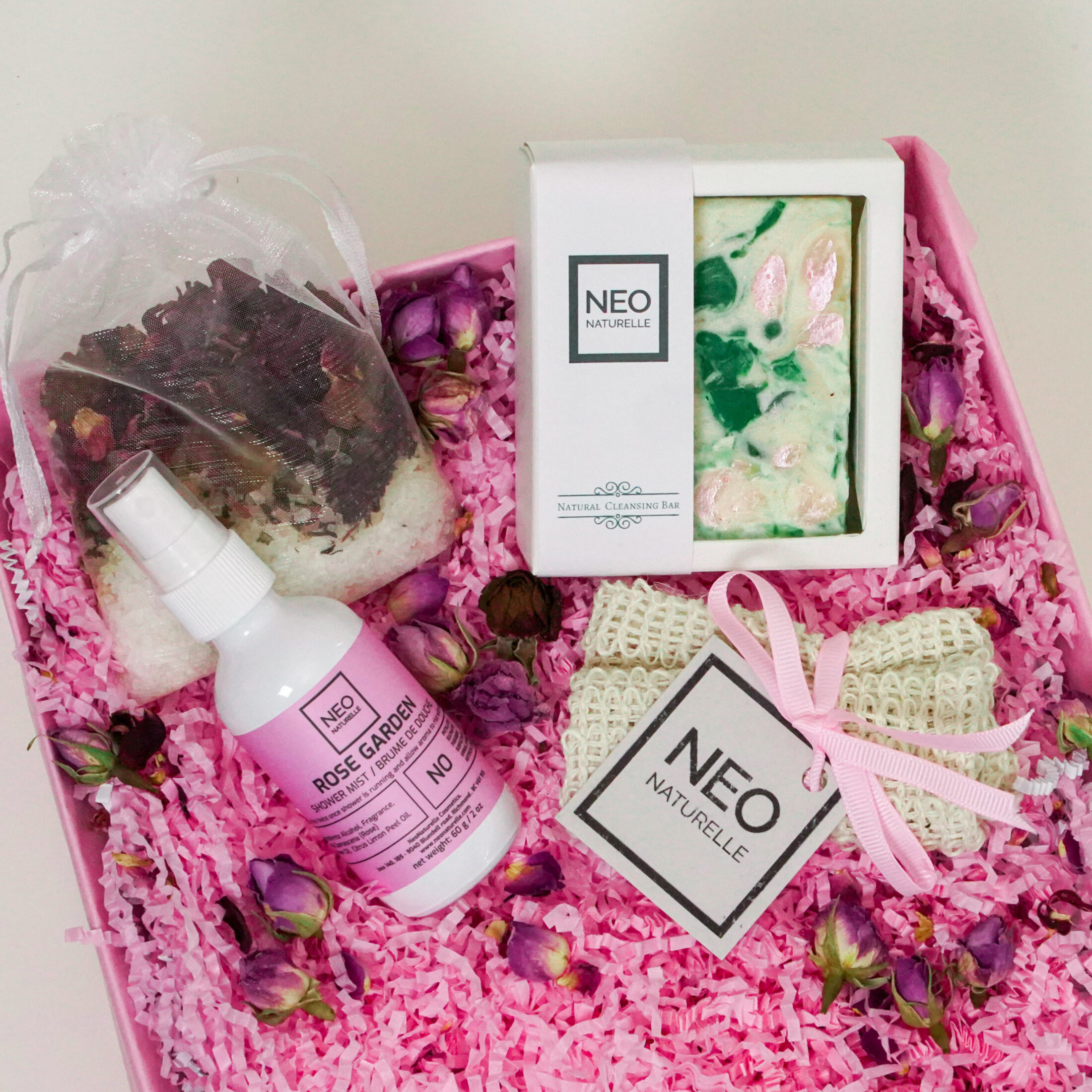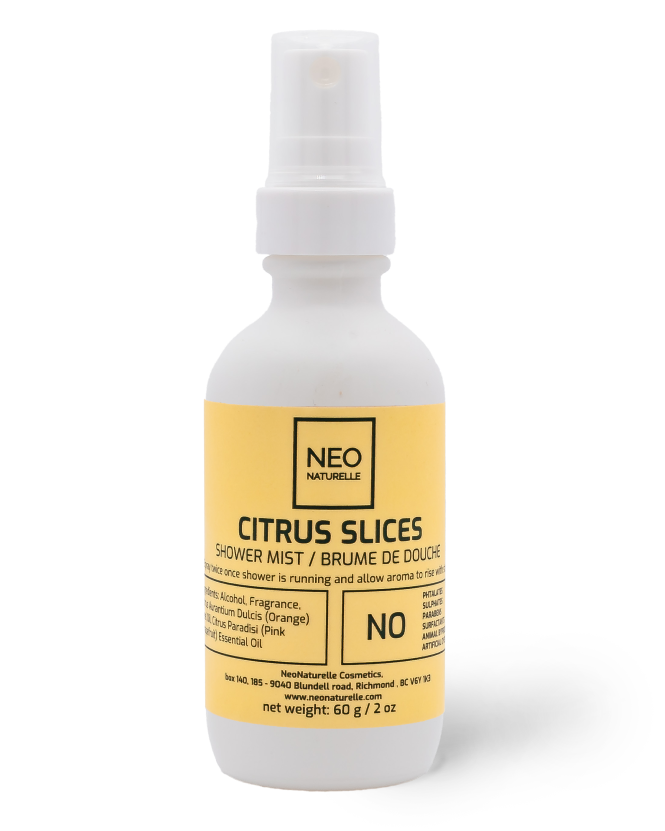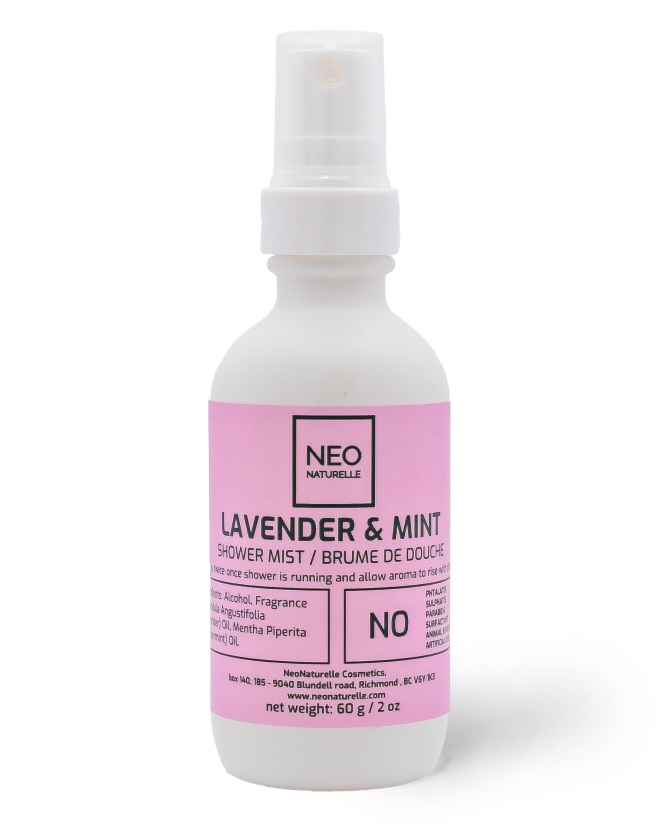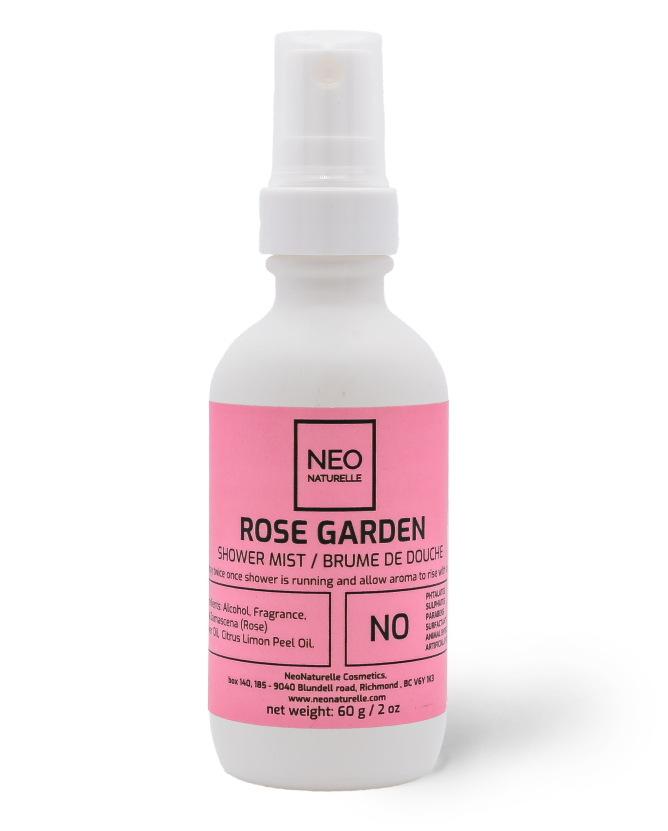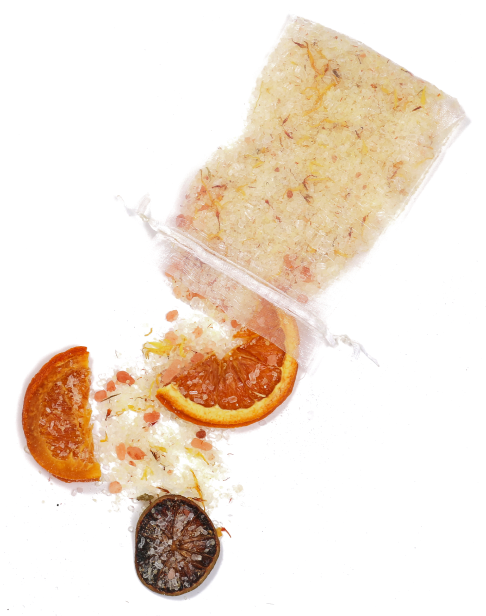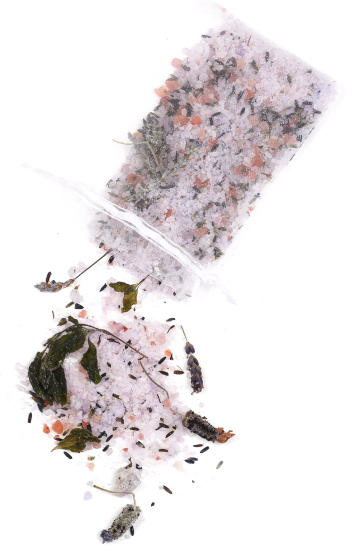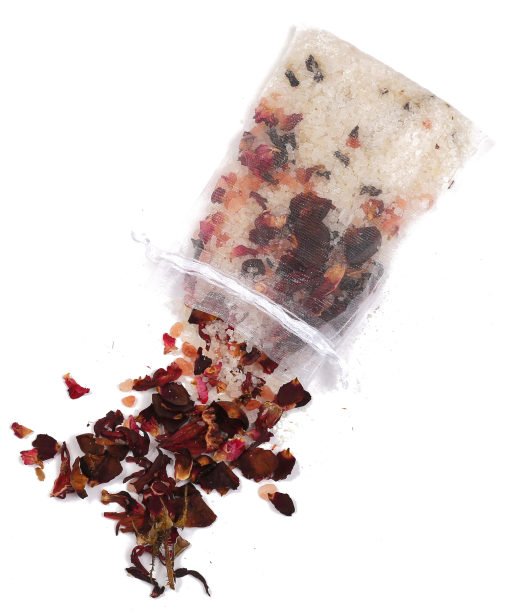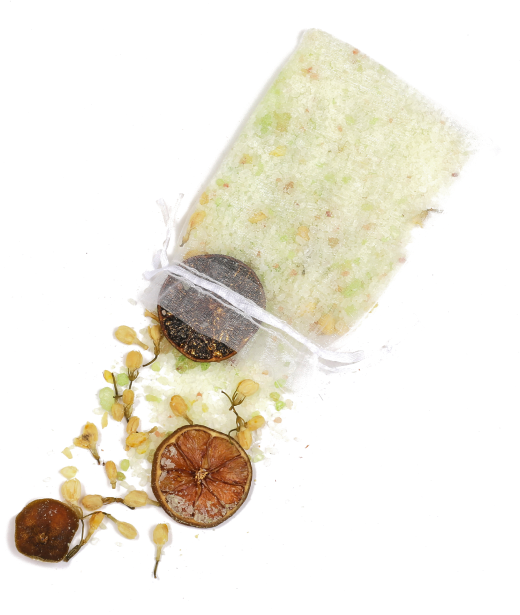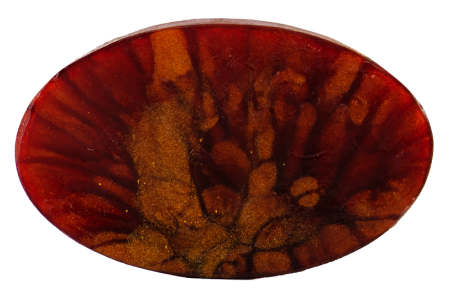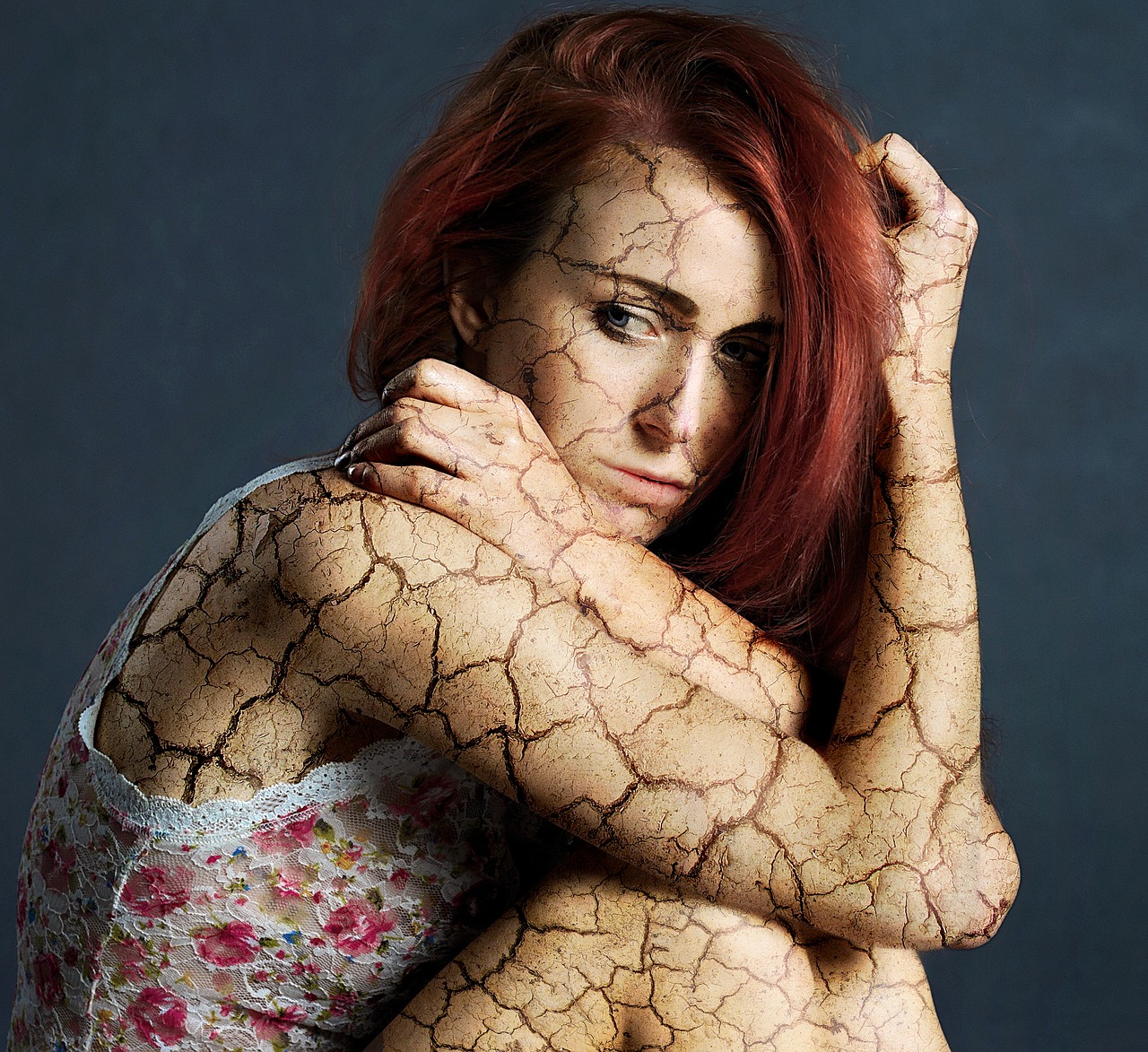Published on June 30, 2020
Dark Spots What Are They?
By Marina
Dark spots or Hyperpigmentation is caused by overproduction of melanin. A dark brown pigment occurring in the hair, skin, and iris of the eye in people and animals.
It is responsible for the tanning of skin exposed to sunlight.
Melanin is our defender , it protects our DNA from ultraviolet radiation. Pigment spots develop as melanin travels up through the various skin layers to the surface. The actual spot is an abnormally high concentration of melanin in one area. Once stimulated, the process of overproduction of melanin is self-sustaining and the damage can appear years later in the form of brown spots.
Do not jump into the treatment of your hyperpigmentation (or any type of discoloration) if you do not know the causes?
In order to identify any underlying causes of hyperpigmentation, it is essential to consult with your doctor. There could be medical reasons your doctor has to address first.
Your hyperpigmentation could be caused by melasma, hormonal disbalance, or medication you are taking, allergic reactions to cosmetics or fragrance-based products, It is important to understand that no single therapy exists to achieve skin lightening. Treatment will depend on the causes.
Types of pigmentation:
Hyperpigmentation may be Diffuse and Focal.
Diffuse hyperpigmentation
Tends to be associated with:
- vitamin deficiencies, such as vitamin B12 and folic acid.
- certain medications( photo-sensitizing)
- autoimmune system issues
- infections
- hormonal disturbances (pregnancy, menopause, birth control pill, incorrect dosage of hormone replacement therapy). It resulted in the so-called “Pregnancy mask or melasma”.
Since diffuse hyperpigmentation may be associated with medical conditions it is critical to understand the underlying cause. See your doctor before you start any skin treatment.
We will leave this subject for doctors to address and focus on other types of skin discoloration:
Focal Hyperpigmentation
Presented as spots in the case of post-inflammatory hyperpigmentation, age spots, acne inflammation, overexposure to the sun.
There are 3 types of spots.
- Red or pink spots after acne or any inflammation. Use niacinamide – to lighten the skin, or use anti-inflammatory ingredients like camphor oil, vitamin E, tea tree oil.
- Post inflammation brown spots left after the acne. Use alpha-lipoic acid, retinol. Also incorporate exfoliation, such as face scrubs or polishers to speed up cell turnover. You can incorporate Chemical peels in combination with topicals. Salicylic acid peels or glycolic acid peels may help with acne. Superficial chemical peels are generally effective for the management of Post Inflammatory Hyperpigmentation. Standard options include glycolic acid 20-70%, salicylic acid 20-30%
- Brown patches – something to keep in mind – all of them are a direct result of overexposure to the UV light.
- Sunspots – are a direct result of long-term sun exposure. They appear on areas of the body exposed to UV rays (face, neck, back of the hands, neckline) and become more prominent in the summer. They reflect the inability of the top layer of your skin to manage the harmful effects of UV rays. People with fair skin are more vulnerable to sun damage and are therefore most commonly affected by sunspots.
- Age spots: For many women, the pigmentation process is disrupted as they get older. The melanocytes, which are the cells that produce melanin, produce excessive amounts of melanin. This overproduction leads to an irregular distribution of melanin which accumulates at the surface of the skin. As a result, skin pigmentation becomes uneven and spots form on the skin’s surface. The spots themselves vary between light and dark brown but do not vary with the seasons.
- Genetics: We are not all created equal when it comes to pigment spots. Individuals with fair skin are more susceptible. Freckles are an example of genetic discoloration. They are usually seen in people with blonde or red hair, light-colored eyes, and a fair complexion. Those with olive skin are not spared either though they tend to spend more time in the sun and often forego protection. Due to prematurely worn-out melanocytes, melanin protection in these individuals also becomes anarchic. They are also usually more prone to developing pregnancy mask ( or melasma)
Treatment solutions:
Medical or Aesthetic solutions: Lasers, flash lamps, and peels are treatment options offered by medical professionals. These treatments essentially abrade the skin. They are effective but should only be chosen as a last resort due to their aggressive nature. As I mentioned above, medical consultation with a doctor is essential to rule out skin cancer in the event of a worrisome or suspicious-looking spot. Also, remember hyperpigmentation is an ongoing process. These treatments will lighten up spots temporarily.
Cosmetic solutions: there are effective cosmetic alternatives worth considering. They are gentle, safe and target melanin production, which makes them ideal for daily, long-term use. Numerous case reports and studies have been performed over the last decade highlighting the use of products, such as zinc, arbutin, kojic acid, vitamin C. These are proven therapies for treating hyperpigmentation without side effects.
These formulas inhibit melanin and promote the exfoliation of dead skin cells on the surface of the skin. Opt for brands that offer a range of textures (serums, creams, face oils) to tailor the products you are using based on the seasons and your skin needs.
Vitamin C derivative is the most commonly used active, to which various other components (such as niacinamide) are added for optimal action.
Alpha-lipoic acid- shows very promising results in lightening the skin and fighting overproduction of melanin.
Retinol is another option. You can start with over the counter skin care product containing retinol and once you develop the tolerance go-to prescription retinoids.
Even thaw, Hydroquinone remains a workhorse of hyperpigmentation management, the supervised use of prescription topical hydroquinone is paramount. Importantly, incorrect use of hydroquinone and the use of unapproved formulations is reportedly linked to ochronosis (yellow discoloration) and other unwanted side effects.
Protection and more protection plus routine!!
It goes without saying that emphasis is on sun protection when it comes to treating hyperpigmentation. We must use sunscreens, preferably containing physical blockers such as titanium dioxide or zinc oxide, on all sun-exposed skin daily. Chemical sunscreens, though very effective, can cause an allergic reaction
Also, finally – Applying an anti-spot treatment daily on the face and neck. Hyperpigmentation is an on-going process that requires daily attention. The fight against spots is won over time!
